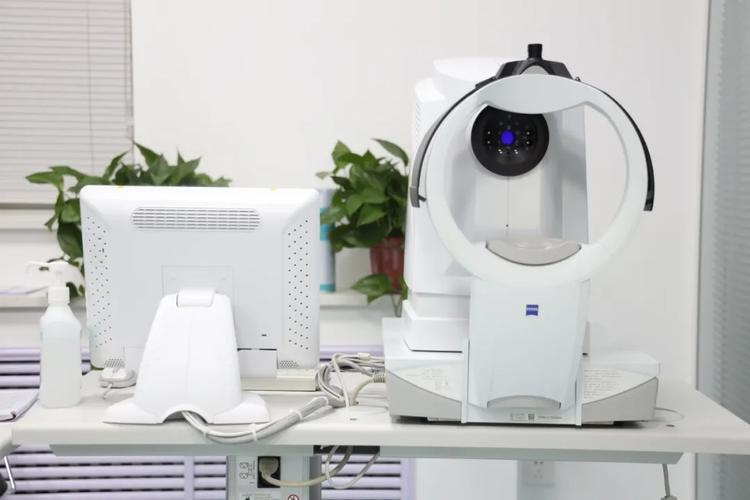
In 1847, Zeiss invented a high-performance single lens microscope, which was highly popular due to its fine processing, simplicity, and practicality, and the company's business began to get on track.
In 1857, after continuous experimentation and exploration, Zeiss designed and manufactured the world's first eyepiece and objective combination microscope, Standard One.
At the 1861 Thuringen Industrial Exhibition, this microscope became famous overnight and was awarded the gold medal at the Thuringen Exposition, even considered "the most outstanding instrument made in Germany." The Carl Zeiss factory also gained fame for its excellent craftsmanship.
At the same time, a group of modern sciences represented by modern medicine and biology are rapidly developing, and the demand for microscopes is also increasing day by day. Therefore, Zeiss' microscope business is becoming increasingly prosperous, and the scale of factories is also constantly expanding. However, Zeiss is not satisfied with this, but is aware of the problem.
At that time, the commonly used method for making microscopes was trial and error, which involved replacing the lenses, changing the spacing between the lenses, and finding a usable optical combination. This method was not only inefficient but also not entirely accurate. Without the guidance of optical theory, this production method could only be like a blind person touching an elephant. Therefore, Zeiss found Ernst Abe, a 26 year old lecturer at the University of Jena at the time.
The joint cooperation between Zeiss and Abbe has opened up the path of modern optical instrument design, and scientific theory and experimental support have begun to promote the rapid development of Zeiss optics.
In 1867, the focusing device was made, in 1869, the Abbe refractometer and spectrometer were made, and in 1870, the numerical aperture meter, altimeter, and length comparator were made. In 1871, after two years of repeated experiments, Abbe completed the design scheme of the water immersion objective and proposed the famous microscope imaging theory - Abbe's formula. Later, he designed the first uniform oil immersion objective.
In 1873, Abbe first proposed the "diffraction boundary" theory, which pointed out that due to the fluctuation and diffraction phenomena of light, the upper resolution limit of an optical microscope depends on the wavelength of light and the aperture of the microscope objective.
From then on, all Zeiss microscope lenses began to adopt Abbe's design in production. In commemoration of Abbe's contributions in the field of optics, the unit of measurement for measuring the degree of light dispersion in transparent media was named "Abbe number".
The Carl Zeiss Foundation has several principles: ensuring that the company focuses on scientific research, ensuring employee welfare, ensuring broader social responsibility practices, and promoting cutting-edge technological development.
While the world was playing with capital, Zeiss has yet to go public, and the full control of the foundation provides Zeiss with a long-term development path and shareholder stability. This special structure allows Zeiss to continuously invest a large amount of resources into fundamental and forward-looking research and innovation, without being affected by short-term commercial pressure to pursue quick returns.
To this day, the Carl Zeiss Foundation remains the sole owner of the company, investing its profits into scientific, social, and environmental projects as well as employee benefits, providing long-term and stable support for the company's development.
In fact, there is another reason why Zeiss is so focused on protecting the interests of its employees.
After all, it is a company that started with optical equipment such as lenses. Whether Carl Zeiss or Ernst Abbe, they all know that making lenses is a very focused job. If the lens technician is in a state of fatigue, the products they produce are prone to defects. Only by providing employees with sufficient rest time, establishing employee health insurance, protecting vacation rights, and safeguarding the dignity of every worker can we truly achieve the maximization of the overall interests of the enterprise.
This is in stark contrast to the environment in which the greedy industrial capitalist class oppressed workers recklessly at that time. There is a poem that goes: "He lives high for the sake of the people/people who live better for the majority." When he passed away, thousands of factory workers spontaneously held torches and gathered at the cemetery to mourn him, and at the same time, such activities often occurred for strikes or demonstrations.